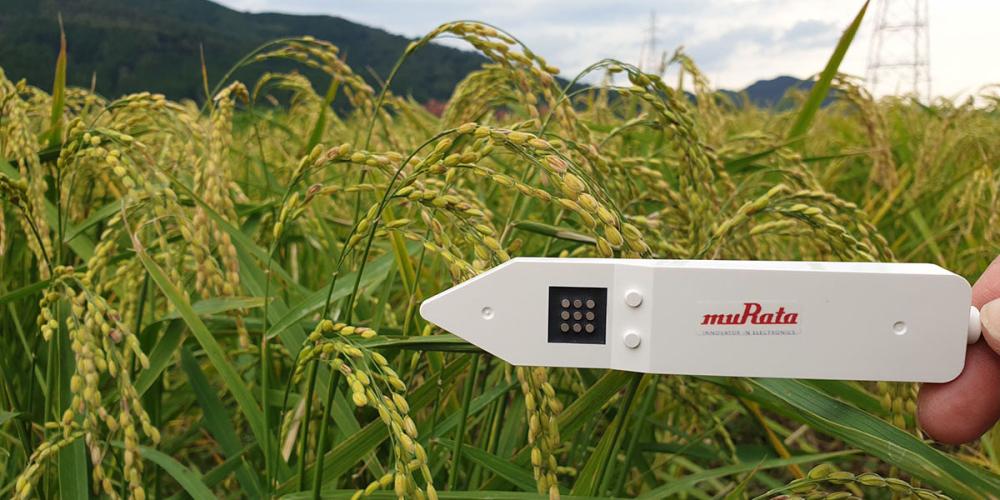Potential for Sensing Technologies to Contribute to Smart Agriculture (Measures Against Salt Damage by Breeding a Rice Strain): Development of a Resistant Rice Strain to Salt Damage in Preparation for Climate Change
Tohoku University and the National Agriculture and Food Research Organization have developed a rice plant resistant to salt damage. Tohoku University and Murata Manufacturing are jointly conducting the Demonstration Experiment to Analyze the Factors Behind Salt Damage Resistance in the Surface Rooting Rice Plant Strain using soil sensors from June 2022 to March 2023. The aim of this experiment is to analyze the factors behind the salt damage resistance in that rice plant. How can sensing technologies contribute to the selective breeding of agricultural produce? We spoke with Eiko Hanzawa, a technical expert at Tohoku University involved in research, about an overview of rice plants with salt damage resistance and the utilization of sensing technologies.


